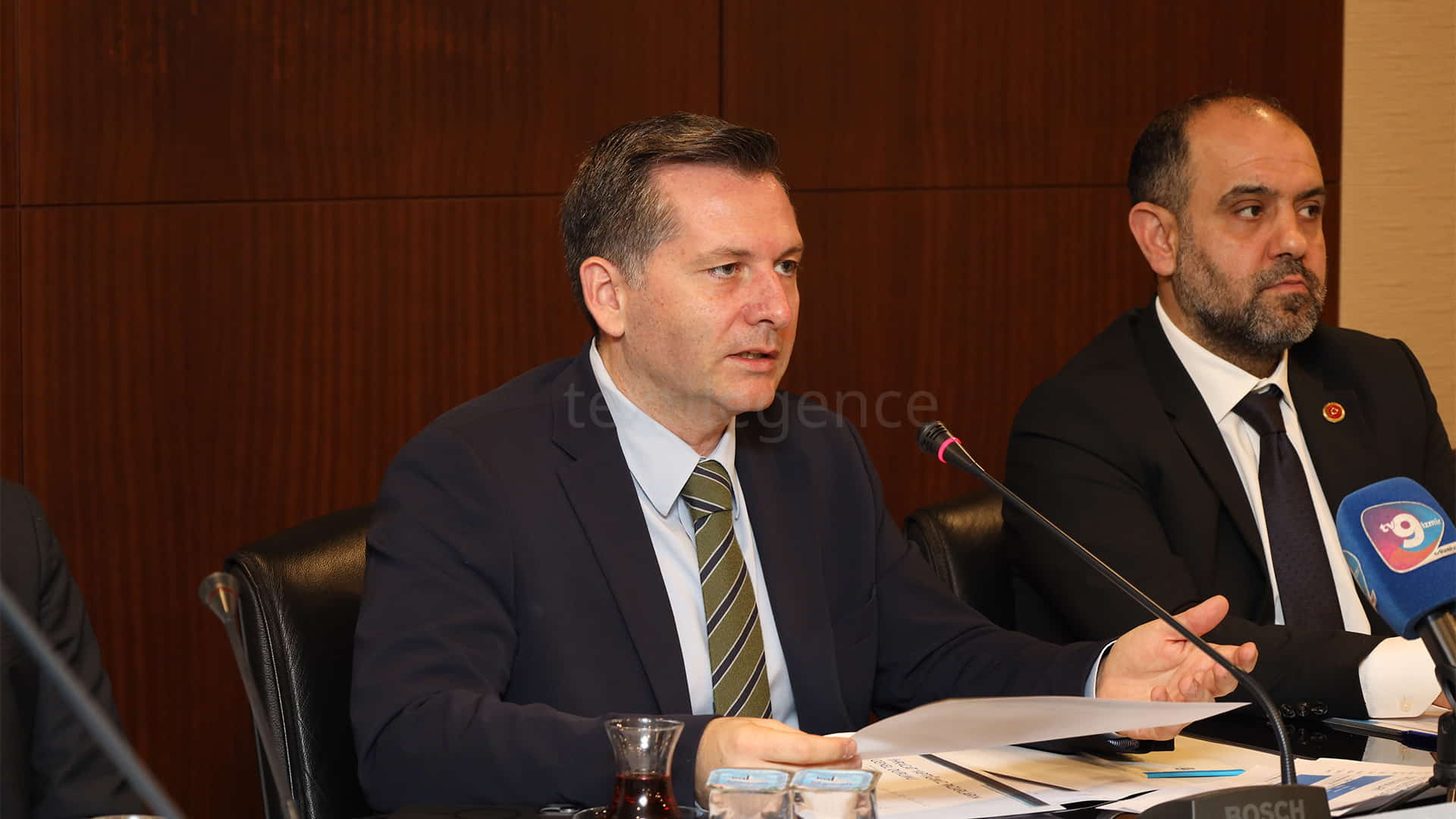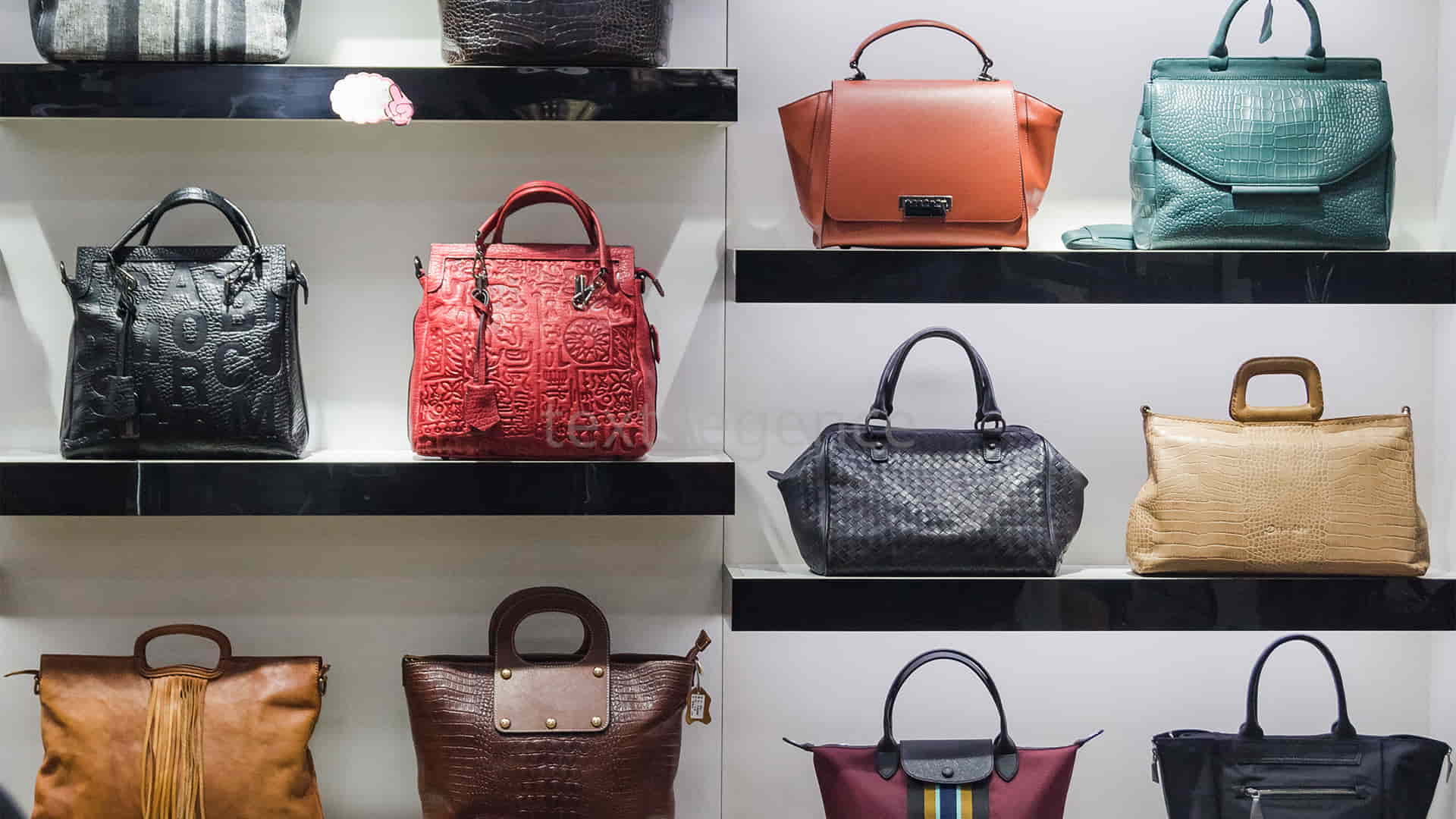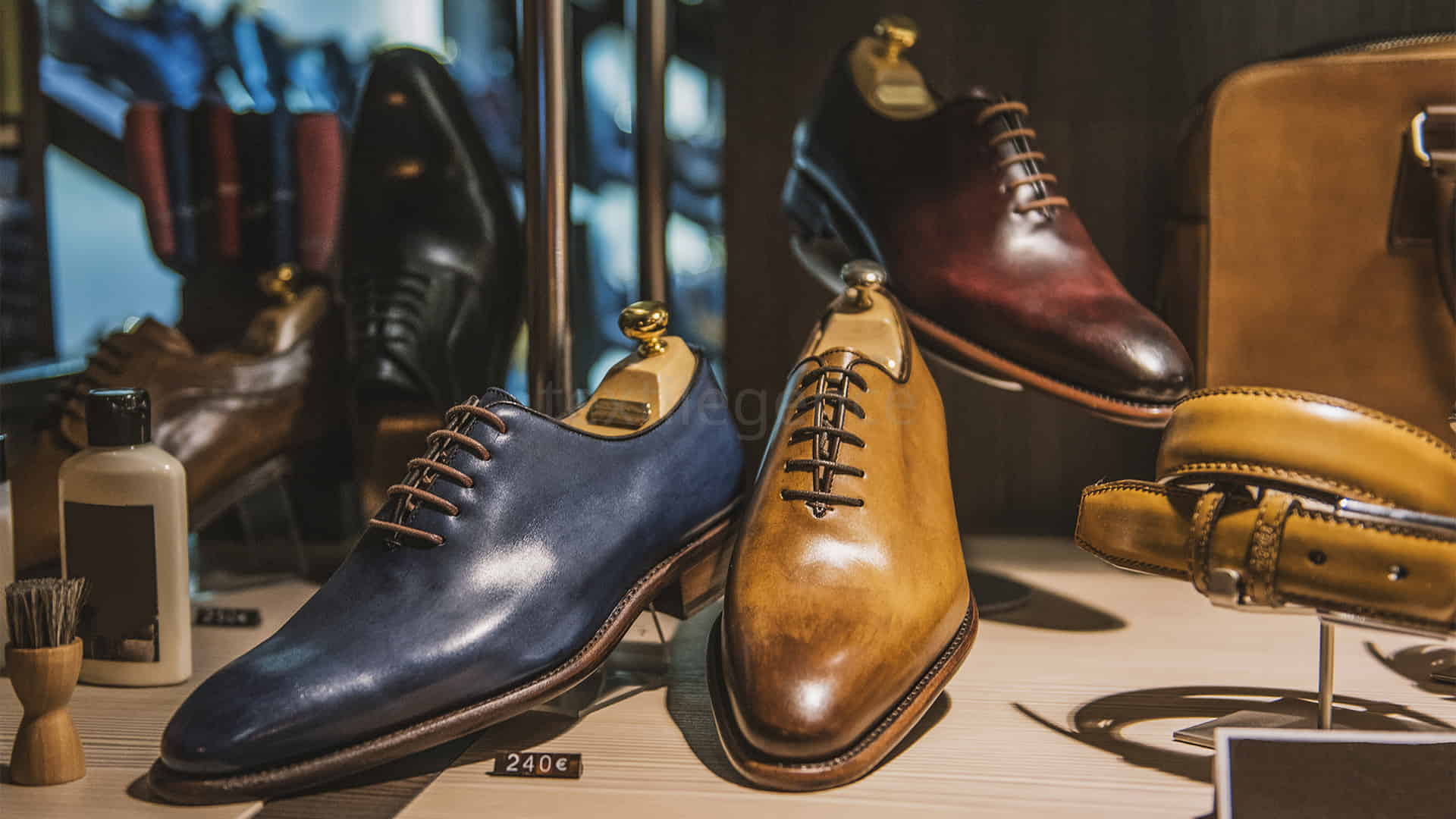Turkish leather and leather products exports decreased by 530 million dollars in the last 3 years from 2 billion 56 million dollars to 1 billion 526 million dollars. Imports of leather and leather products increased from 1 billion 810 million dollars to 2 billion 420 million dollars. In 2022, Türkiye was in the position of a country with a foreign trade surplus of 245 million dollars in the leather and leather products sector, and by the end of 2024, it had a foreign trade deficit of 895 million dollars. Stating that the leather and leather products sector has regressed to the export figures of 7 years ago, Erkan Zandar, President of the Aegean Leather and Leather Products Exporters’ Association, underlined that they bleed from all sub-sectors of footwear, leather goods, finished leather and furs and leather garments in Turkey’s export figures in 2024.
Organising a press conference at the Aegean Exporters’ Association, Zandar made the following statement regarding the export figures of the sector: “While Turkish leather and leather products exports were 1 billion 858 million dollars in 2023, they decreased by 18 per cent to 1 billion 526 million dollars in 2024. Our footwear exports experienced a 22 percent loss, dropping from $ 1.1 billion to $ 877 million. In the footwear sub-industry, 38 percent in Türkiye overall and 44 percent in the Aegean Region experienced a loss of exports. This clearly shows how much our sector is struggling in the face of economic pressures and international competition conditions. While our loss in leather and fur garments was 18 percent, our exports decreased from 236 million dollars to 193 million dollars. While our exports of leather goods declined from 273 million dollars to 239 million dollars, the decrease in our exports of leather goods was 12 percent. Our finished leather and fur exports decreased by 3 per cent from 221 million dollars to 214 million dollars. In the last quarter of 2024, our employment figures fell 25 percent.”

“This policy decreases our exports and increases our imports”
Zandar said that in September 2021, at the end of the process that started with Türkiye’s interest rate cut decision in 2022, inflation figures in Türkiye increased to 65 percent, while the increase in exchange rates remained at 41.7 percent and continued: “By 2023, the increase in inflation was 64.7 percent, while the increase in the dollar exchange rate was 57 percent. In 2024, while inflation was 45 percent, the dollar exchange rate increased by 20 percent. In the last three years, the exchange rate has decreased 48 per cent against inflation. In the current situation, we are around 50 percent more expensive than our competitors. This is very clearly shown in our export figures. From 1 January 2022 to the present day, if the exchange rate had increased as much as inflation, today the dollar exchange rate should be 52.3 TL. This exchange rate would also allow us to maintain our export figures. While this policy decreases our exports, it increases our imports. It contributes to the employment of workers of other countries.”
Informing that the decline of the leather and leather products sector in the Aegean Region was more limited to 9 percent in 2024, Zandar said: “While our members of the Aegean Leather and Leather Products Exporters’ Association exported 182 million dollars in 2023, they were able to bring 165 million dollars of foreign currency to our country in 2024.”
He added that they support the 10 percent additional customs duty imposed on footwear imports on 31 December 2024 and noted that this increase is an opportunity for footwear manufacturers.
“We are the only sector that does not move its production to another country”
Reminding that many companies in the apparel and textile sectors have moved their production to other countries, especially Egypt, Zandar stated: “We are the only sector that does not move its production to another country. We are not a sector that can produce in different places. We will go as far as we can take what we have, then we will either change the sector or look for another way. By increasing our productivity, we will look for ways to survive by reducing our costs, which today reach 62 percent excluding raw materials, first to 50-55 percent and then to 40 percent. We will enter 2025 and 2026 prepared by exporting based on more efficient and sustainable production.”

Halil Gündoğdu, Vice President of the Aegean Leather and Leather Products Exporters’ Association, stated that they want an organised industrial zone where the leather and leather products sector will be clustered in İzmir in order to protect the developing industrial and export potential of the leather sector in İzmir and to maintain its leading role in competitiveness and sustainability: “All our sector stakeholders are positive that a new organised industrial zone relatively close to the city, easily accessible by our personnel and within the framework of the European Green Deal will meet the needs of our sectors.”
Mustafa Arıoğul, Member of the Board of Directors of the Aegean Leather and Leather Products Exporters’ Association, emphasised that they have had to increase prices to their customers continuously for the last 3 years, that despite the increase in costs today, they are trying to continue without raising prices so that customers do not leave, and that 2025 will be very difficult for the leather garment sector.

